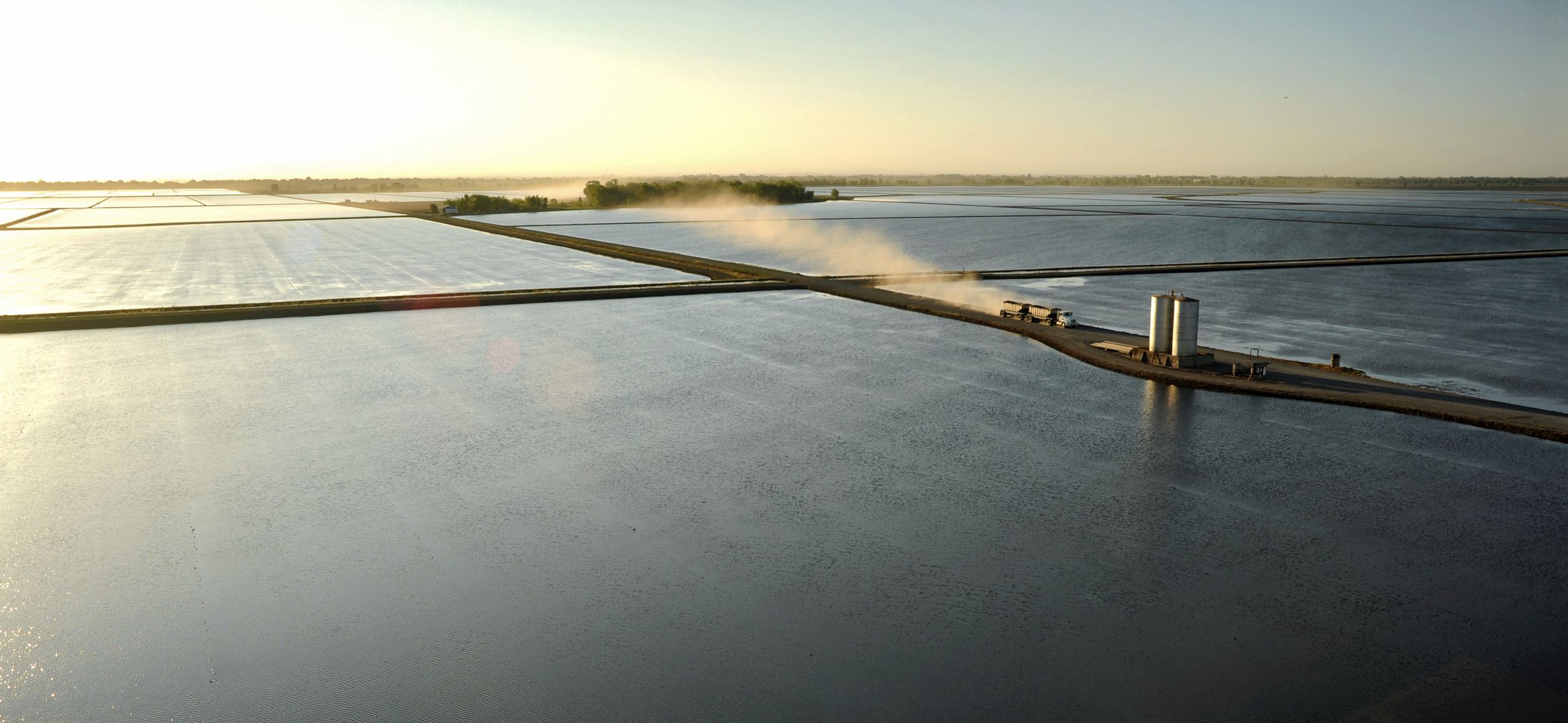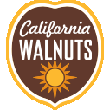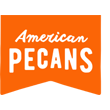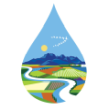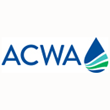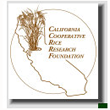California strong since 1943
Larrabee Farms is a family run operation located in the fertile Butte Basin area of the Northern Sacramento Valley. We have been actively farming in the Sacramento Valley for four generations and pride ourselves on being stalwartly and progressive farmers. The goal is leaving our operation in a better condition than we inherited it, just like our family members did before us. We are constantly searching for efficiencies that improve our business and create better quality in the products we produce. We enjoy meeting people not affiliated with agriculture and like to express the benefits we provide for those who consume our food. Vertical and cross integration into our business is a long-term goal to ensure we are bringing the highest food safety and environmentally conscious practices from farm to fork.
Rice:
The Environmental Crop
Nowhere in the world is rice production more advanced than in Northern California. Careful attention to every step in the cropping cycle, handling and milling processes ensures the japonica rice produced in our warm Mediterranean climate meets and often exceeds customers’ expectations.
Pecans:
The Original Supernut
Don’t be fooled by their rich, buttery texture and naturally sweet taste, pecans are actually nutrient dense.
Walnuts:
Omega-3 alpha-linolenic acid (ALA) Powerhouse
Walnuts are a heart-healthy food, certified through the American Heart Association’s Heart-Check.
Blog Posts





